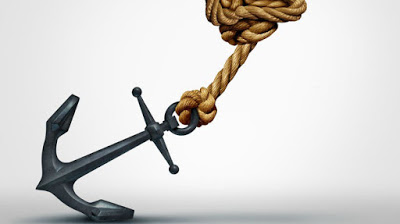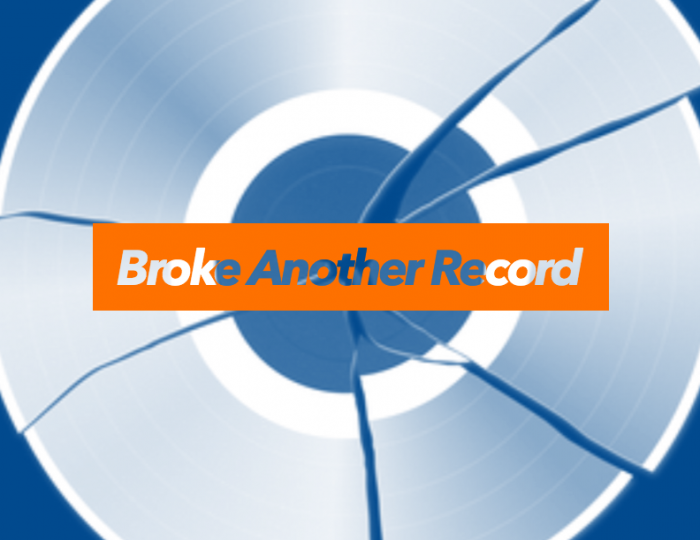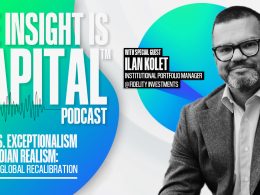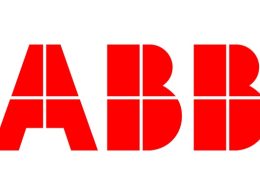"There is no training — classroom or otherwise — that can prepare for trading the last third of a move, whether it’s the end of a bull market or the end of a bear market." Paul Tudor Jones
There’s been no shortage of top callers the last few years. Whether it was the sequestration, taper or CAPE ratio, plenty of people have tried their hand at omniscience. Turning points are exceptionally difficult to spot but at all-time highs people just can’t resist the temptation. The probability of them being right is very poor but the risk/reward sets up pretty well. Making one lucky call can literally make somebody’s career and if they’re wrong, nobody will remember.
Top callers have the luxury of saying they’re just early and a crash is right around the corner. Unfortunately, there will always be an audience for perma-bears because doubt is a well that never dries up.
Perma-bulls on the other hand see the world differently because they rely on evidence. It’s far harder to stay bullish when the world is falling apart than it is to stay bearish when the market is going higher.
Bull market tops are more difficult to call than bear market bottoms because doubt is a far more resilient emotion than hope.The under- invested cling to doubt in bull markets but the fully-invested quickly abandon hope in bear markets. This is why the average bull market lasts 45 months while the average bear market only lasts 10 months.
So bull market tops are nearly impossible to predict, but how about bear market bottoms?
The most common argument you’ll hear why bottoms are easier to spot is that volume spiking signals the end is near. Well, that’s true in the sense that when volume spikes, stocks are usually in the last third of the bear market. However, for most market participants- professional or otherwise- this epiphany only exists with the benefit of hindsight.
Consider what happened before the market bottomed in 2009. Stocks topped in October 2007 and stopped falling seventeen excruciating months later. In early October, 2008, the SPY traded nearly 3x the average daily volume and the most ever since its inception in 1993. Had you been so astute to try and nail the bottom, you would have only had to wait five months and 30 percent before the carnage would end.
Maybe bear market bottoms are less difficult to identify than bull market tops but the idea that they’re somehow easy to spot is absurd.
The truth is nobody needs to call a turning point. A sensible trader could have recognized they were seeing capitulation in October 2008, now all they had to do was wait for stocks to stop going down.
Copyright © The Irrelevant Investor













